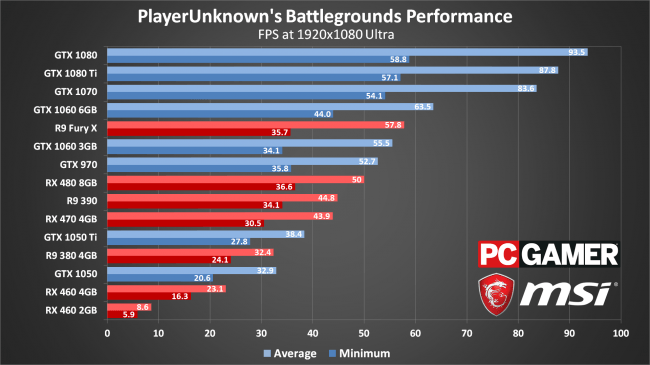
an eGPU is certainly often the first choice. Generally speaking, the higher the resolution you’re aiming for, the more likely it is that an eGPU will pay off over an integrated one.Īnd can the eGPU be used for productive work? Yes, that is definitely worthwhile and for productive applications such as image editing, CAD, etc. If you ask yourself the question “I want to use my eGPU for gaming, does that make sense or should I rather get a gaming laptop?”, then it depends on what you intend. More about this in the benchmarks and once in advance with AIDA64:įor all those who want to use a light, mobile device stationary with more steam and comfort (docking station). The resolution of the integrated panel also plays a role. An important topic is also the display, do you use the internal panel of the laptop or rather an external monitor/TV.

In addition, there is the issue of latencies, but also drivers, the system and other aspects such as the graphics card used or the cable play a role. The catch is the bandwidth limitation imposed by the connection. Except for minor bugs, everything usually works without problems. S/s Proprietary ports like the one from Asus are basically a neat solution, but the eGPU is completely worthless at some point and can only be used with selected devices, which leads the principle of a mobile and exchangeable GPU ad absurdum again.Īctually, it’s all quite simple, just install the graphics card, plug it in and you’re done. Only what good does it do you when you travel?


S The mods with M2 works very well, because here the latencies are much better than over TB you can run a GPU with it already with very good performance. The advantage of TB4 is mainly the lower latencies, because the controller is built directly into the CPU.

The most common is the Thunderbolt connector from Intel. Before we get started with the benchmarks, here are some important basics about the eGPU: What connections are there for an eGPU?


 0 kommentar(er)
0 kommentar(er)
